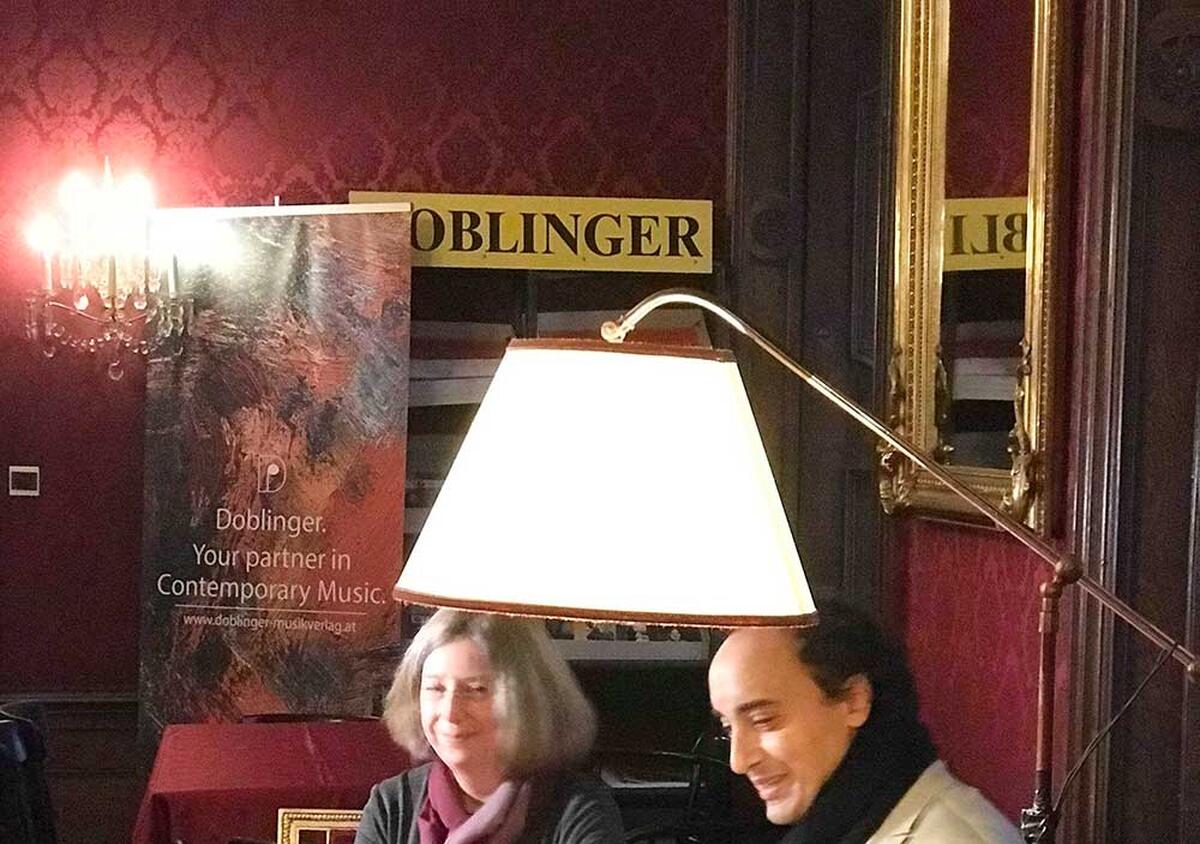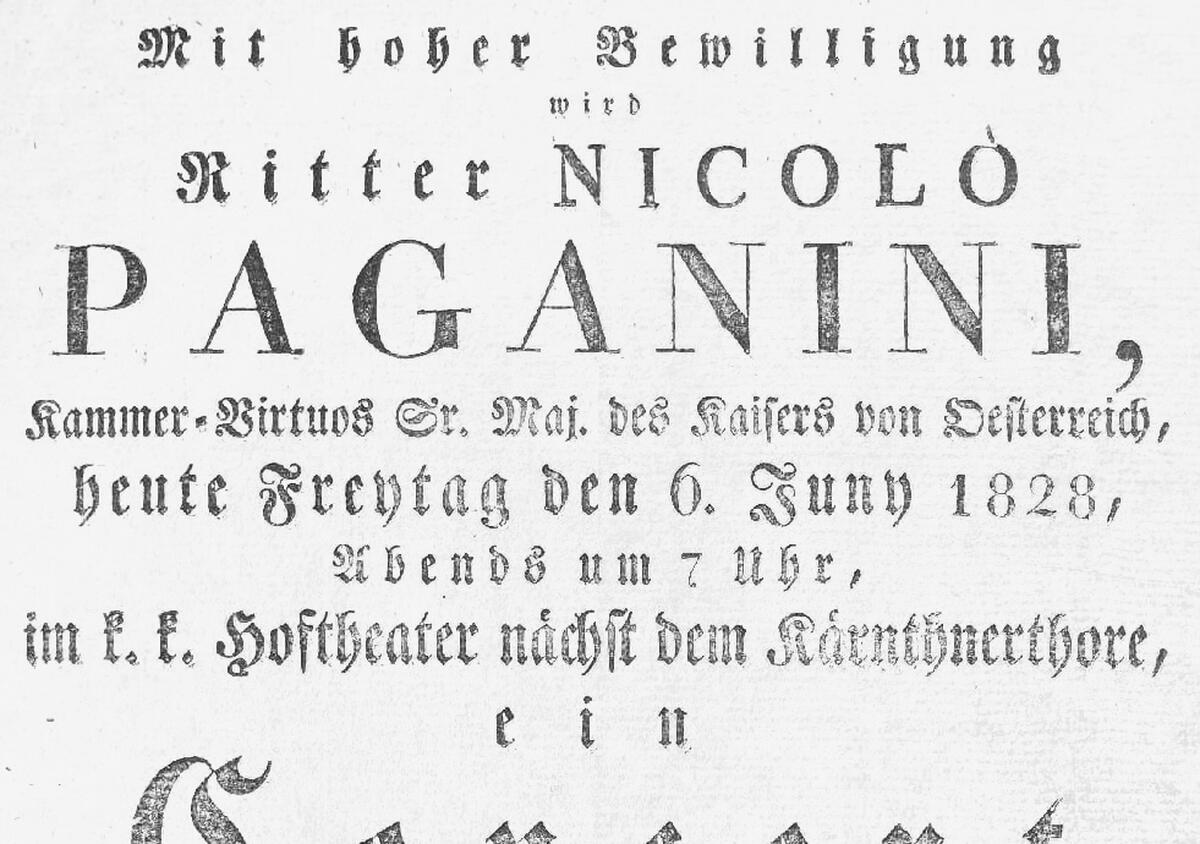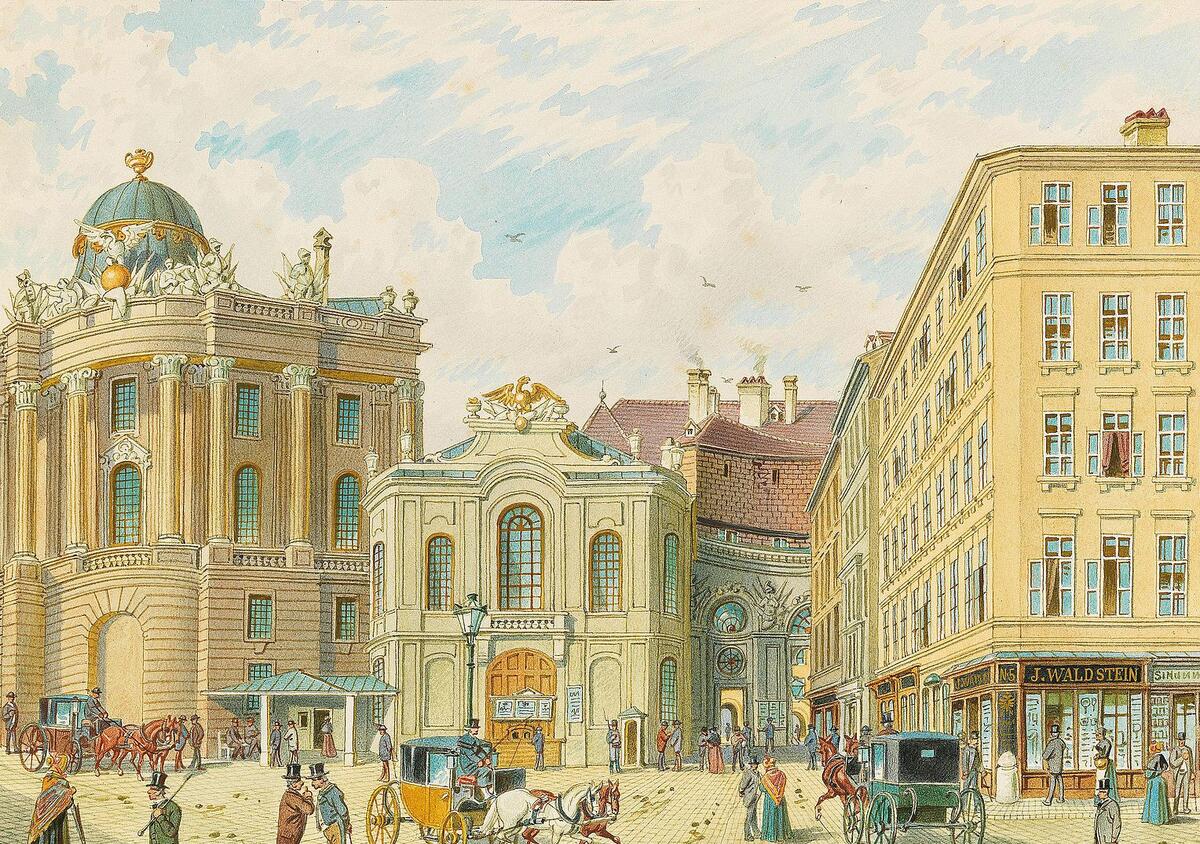The hidden method of Paganini Paganini in Vienna
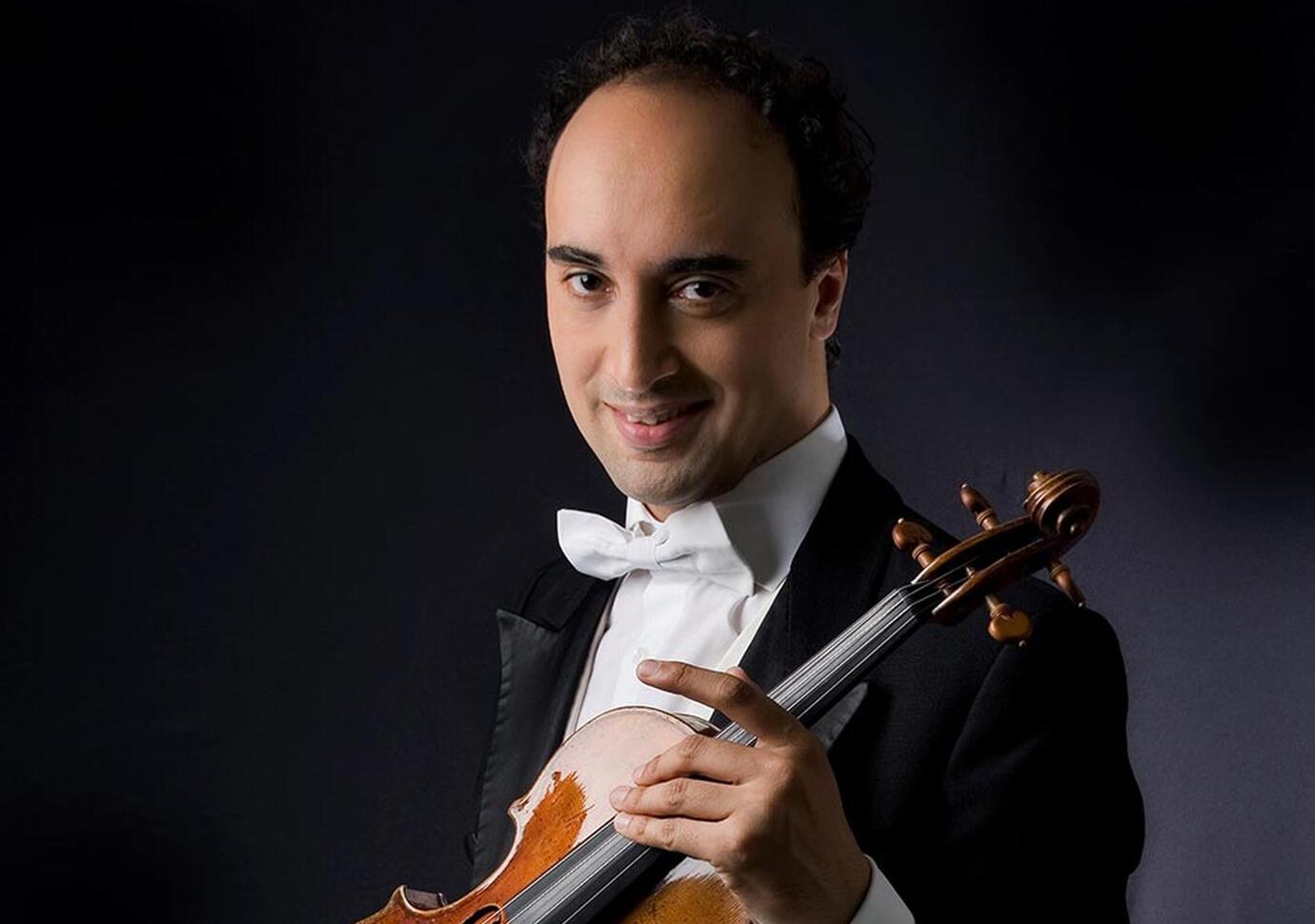
A blog by Paganini-expert and soloist Mario Hossen
Paganini conquers Europe from Vienna
Thanks to Prince Metternich.
By 1828 virtually no other musician in Europe was considered so illustrious, yet so mysterious, as was Niccolo Paganini. This musical genius was born in Genoa, Italy, on 27th October 1782, and is generally regarded as the greatest violin virtuoso of all time. His contemporaries were certain that the origin of his talent was in part divine, in part diabolical. He was able to produce hitherto unknown sound effects and feats of amazing virtuosity on his violin. It is no wonder that rumours spread stating that Paganini had sold his soul to the devil. His attractive appearance and his brilliant technique made him a legend in his own lifetime.
„I heard an angel sing in Paganinis Adagio“, said (the great Austrian composer) Franz Schubert.
How Paganini’s 14 Concerts Transformed Vienna
Paganini began his (musical) conquest of Europe at the invitation of Prince Metternich; in 1828 Niccolo Paganini spent four months in Vienna. His concert on 29th March in the Great Redoutensaal was his first concert given on foreign soil. One day later, Vienna was transformed: shop windows displayed gloves and pasta (better: everything from gloves to pasta) "a la Paganini", walking sticks were embellished with his portrait. Vienna was soon in the throes of mass hysteria, and everyone wanted to hear Paganini play. His first five concerts – the five which had been originally planned – took place in the candle-lit, festive Great Redoutensaal. All told, Paganini would give fourteen concerts in Vienna – seven in the Great Redoutensaal, two in the Imperial Theatre (Burgtheater), and five in the Theatre at the Kärntnertor (Kärntnertortheater). With his final ‚Addio a Vienna‘ on 24th July 1828 Paganini took leave of the city and continued his peaceful musical conquest of Europe. Prior to this the Emporer elevated him to the rank of ‚k.k. Kammer-Virtuose‘ (Imperial and Royal Chamber Virtuoso) and presented him with a golden casket.
Paganini’s Compositions were Inspirational for Other Great Masters
Paganini’s works inspired many other great musicians: Franz Liszt, moved by Paganini’s virtuosity, was inspired to create new possibilities for the piano in his "Six great Etudes after Paganini", Robert Schumann adapted Paganini’s Caprices for the piano, Johann Strauss played waltzes a la Paganini (Opus 11), Johannes Brahms composed variations on the 24th Caprice for the piano, and the Russian composer Sergei Rachmaninov wrote a Rhapsody on a Theme by Paganini.
Works composed by Paganini in Vienna
Included among Paganini’s works composed during his stay in Vienna are: Violin Concerto in E-flat Major, "I Palpiti" Variations, "Maestosa Sonata Sentimentale" – composed in homage to the Emperor and including musical allusions to the Imperial Hymn of Austria; many smaller compositions for chamber music, "Capriccio con Variazioni" of Mozart’s "La ci darem la mano" from the opera "Don Giovanni", as well as other compositions.
Paganini research and the List of Composition
Commissioned in 1982 by the city of Genoa in celebration of the bicentenary of Paganini's birth, an fundamental work, the "Catalogo tematico delle musiche di Niccolò Paganini" edited by Maria Rosa Moretti and Anna Sorrento (hence the abbreviation "MS'') present the listing of Paganini complete works. The Paganini scholarship has expanded during the last two decades. The original Paganini manuscripts reveal that he was very meticulous in writing down his musical and performance-practical ideas. The substantial collection of Paganini's manuscripts formerly held overseas is since 1972 subsequently entrusted by the Italian Government to the Biblioteca Casanatense in Rome.
Working from a trustworthy version of a composition is not just a small detail; it’s essential for the player – and the listener - to understand the music. The main purpose of the "Urtext Editions" is to offer the composer’s version, or as close to it as one can get, with accompanying information on all relevant sources, and then let the interpreters decide for themselves how to proceed. Of course as for bowings and fingerings: they’re just possible solutions. The player - should be his own editor; it’s part of being an interpreter, a musician. But studies based on Paganini methods, urtext editions are absolutely necessary, like everyone preparing works by Mozart, Beethoven and many other great composers.
The exact performance of Paganini’s articulation marks will help us understand much better the bel canto style of virtuoso violin playing so special for his compositions. Regarding the interpretation of Paganini and regarding the proper manner of bowing I would like to emphasize this aspect. Without the knowledge of the Paganini special bowing methods it is not possible to understand the original Paganini phrases, so perfectly balanced, so logical and clear in his manuscripts.
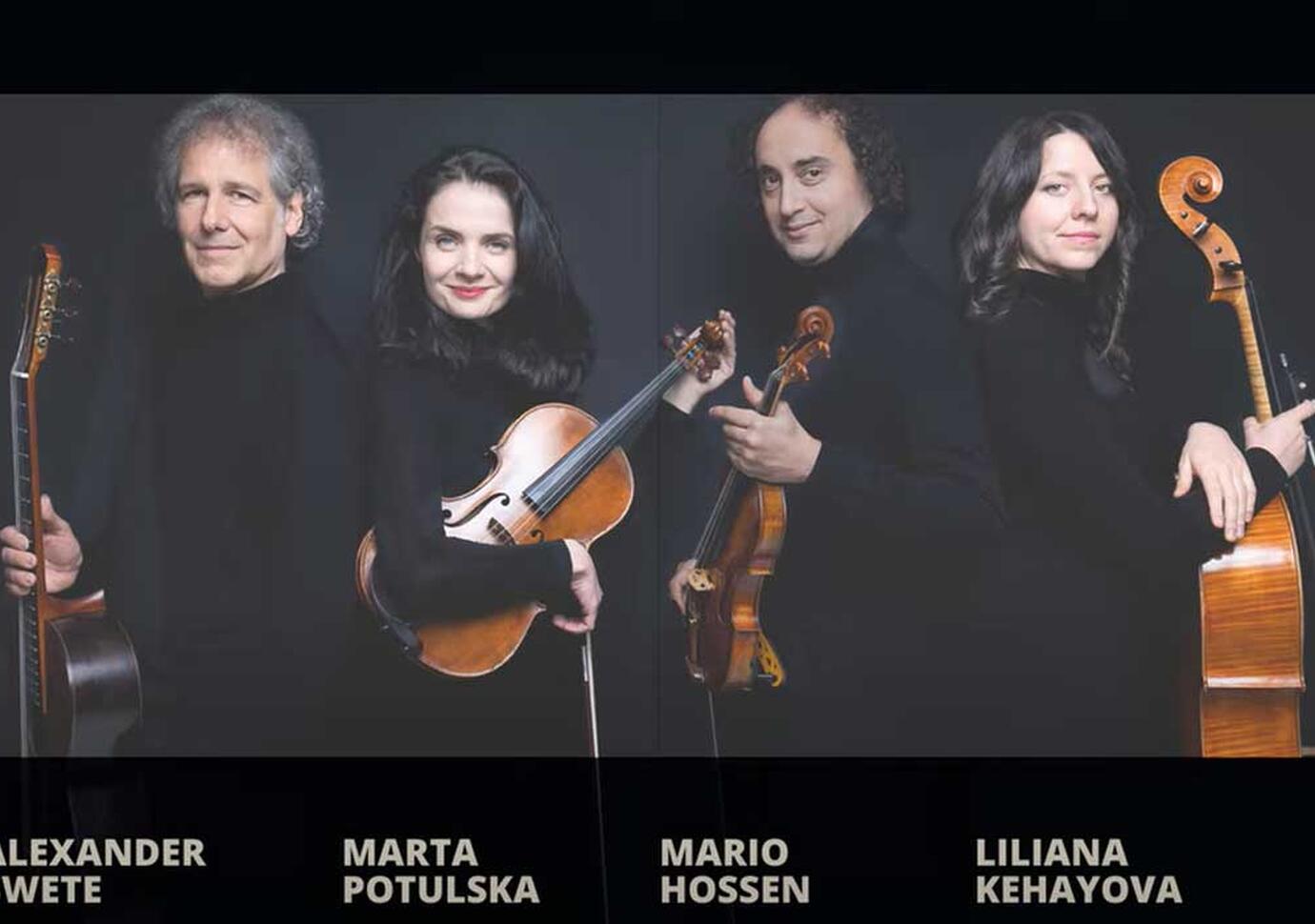
Audio: Paganini Ensemble Vienna on 1.10. in Vienna Konzerthaus
Pictures:
1. Metternich Palais
2. Preparing the Paganini urtext complete edition for Violin and Orchestra. Mario Hossen in conversation with Dr. Angela Pachovsky (Doblinger Edition, Vienna)
3. Suonata Maestosa Sentimentale, Autograph (Vienna)
4. Paganini In Vienna, Poster, 1828
5. Vienna, Old Burgtheather
BACK

